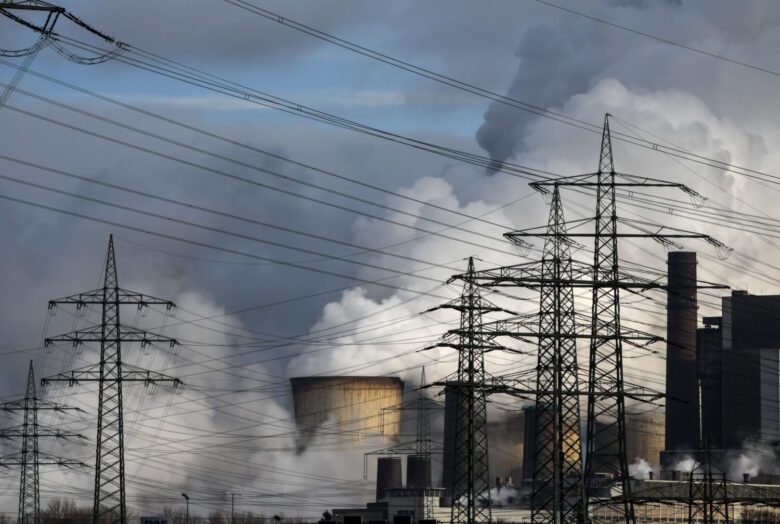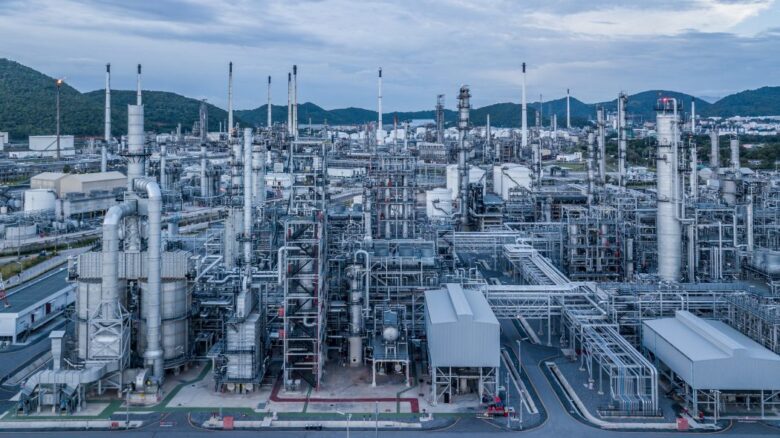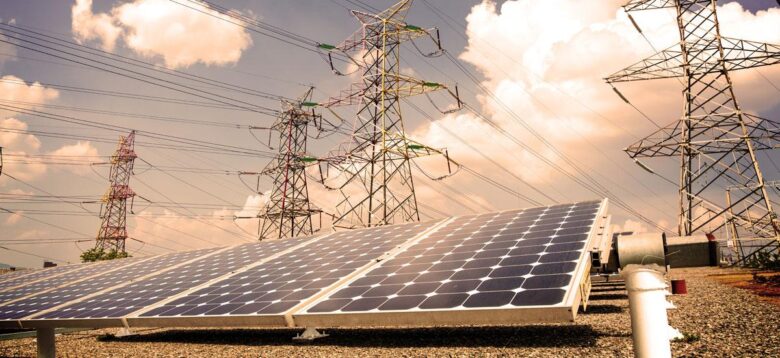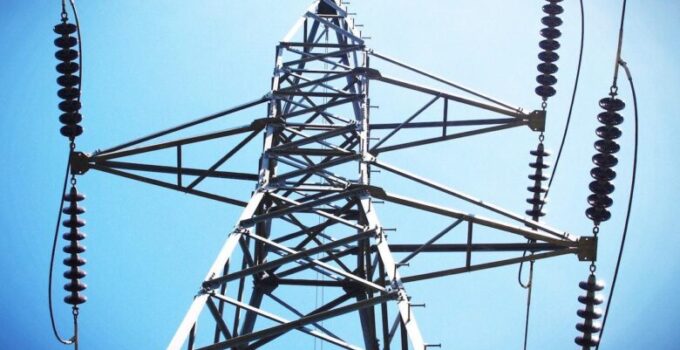The emission of greenhouse gases and other negative environmental effects caused by excessive energy use are of global concern. Different energy options come with their own set of pros and cons.
The most common sources include fossil fuels, nuclear energy, and renewable energy. We’ll delve a little deeper into some of the high energy sources and discuss the details of each type of energy, ranking them based on their usage.
Energy consumption has been on the rise for decades, but the most recent surge is not without cause. Global warming, population growth, and increased demand from technological industries have all contributed to a surge in energy consumption. Various industries consume way too much energy, which you may want to read more about.
Manufacturing, transportation, and agriculture are just a few examples of extremely energy-hungry industries. These sectors’ reliance on fossil fuels contributes to greenhouse gas emissions and uses up scarce resources. To sustainably meet this rising demand, we must increasingly rely on renewable energy sources like solar, wind, and hydroelectric.
How Do Fossil Fuels Consume a Lot of Energy?

Source: cnbc.com
There is no doubt that fossil fuels are the most common and crucial energy resources in the world today. Many undesirable consequences, including pollution and climate change, have resulted from these. This highlights the urgency of developing renewable energy options that can replace fossil fuels.
These fuels develop from dead organisms and plants that have been buried for millions of years. Coal, oil, and natural gas are the three most common types of fossil fuels.
What Role Does Coal Play in Consuming Energy?
Coal has a high carbon content and can be used to create electricity as it can produce more heat than other types of fuel. It is widely used for electricity generation and other industrial processes. Furthermore, it is a leading cause of both air pollution and greenhouse gas emissions.
Coal is a key ingredient in the manufacturing of steel and cement, in addition to its role in the generation of energy. However, its environmental impact has led to a shift towards cleaner and more sustainable energy sources,such as renewable energy and natural gas.
Does Oil Produce a Lot of Energy?
Oil releases stored solar energy in the form of heat and light when it burns. This process creates enough energy to power our homes and cars for many years. As a liquid fossil fuel that gets extracted from the ground, they use it for electricity generation, transportation, and heating.
The amount of energy produced by oil is very high per unit of fuel. However, its extraction and combustion also have significant environmental impacts, such as oil spills and carbon dioxide emissions. Despite these drawbacks, oil remains a crucial component of our energy mix due to its widespread availability and versatility.
How Does Natural Gas Contribute to Excessive Energy Consumption?

Source: powerphilippines.com
Natural gas is a clean-burning, affordable fuel that is a crucial source of energy. It is used in homes and commercial buildings to run appliances and generators. The use of natural gas has risen exponentially given its affordability during the past decade. Natural gas contributes to air pollution and greenhouse gas emissions, but at a lower rate than coal and oil.
In 2020, natural gas will surpass oil and coal as the most widely used fossil fuel, according to the International Energy Agency.
The Role Nuclear Energy Plays in Energy Usage
The role nuclear energy plays in the world’s impact on the environment is controversial and often debated. Supporters of nuclear power say it’s more environmentally friendly than other energy options because it cuts down on fossil fuel use. Opponents say that nuclear energy is an expensive alternative that shouldn’t be used because it produces radioactive waste and greenhouse gases.
However, nuclear power is among the most effective methods of producing electrical power. It generates a lot of power without releasing any greenhouse gases, uses very little fuel, and generates a fraction of the garbage that coal does. For example, in France, nuclear energy uses 96% less carbon dioxide than fossil fuels.
Nuclear power plants produce electricity by harnessing the energy released during nuclear reactions. While nuclear power generates few harmful emissions, it does leave behind radioactive waste and has the potential to cause catastrophic accidents.
Despite these concerns, nuclear power has proven to be a stable energy option for many nations. Nuclear power plants are becoming increasingly secure and efficient as a result of technological and safety advancements.
Renewable Energy’s Role in Energy Usage

Source: ucsusa.org
During the third quarter of 2022, renewable energy sources accounted for 36.3% of total power generation, up 1.1% from the previous year. The percentage of power generated by wind was 17.3 percent, and the percentage generated by bioenergy was 11.9 percent.
Renewable energy is power produced from resources that naturally regenerate over time. Solar, wind, and hydropower are three of the most widespread renewable energy sources.
- Solar: Using photovoltaic panels or concentrated solar power systems, solar energy is created from the sun’s rays.
- Wind: Wind turbines harness the power of wind currents to make wind energy.
- Hydro: Hydroelectric power comes from harnessing the potential energy of flowing water through dams or other structures built in or on rivers. Hydroelectricity is often touted as a renewable energy source because of its low environmental and community impact, but this is not always the case.
Conclusion
There is more than one source from which high-consumption energies can be derived, each with its own set of advantages and disadvantages. In spite of their widespread use, fossil fuels like coal, oil, and natural gas are widely known to be extremely polluting. While there aren’t many negative byproducts from nuclear power, there are still risks to people and the planet.
Clean and renewable energy sources like solar, wind, and hydro are still in their infancy and may not be able to meet the needs of a rapidly expanding population.
In addition, renewable energy sources are not as reliable as fossil fuels or nuclear power because they are intermittent and subject to the vagaries of Mother Nature. Large-scale renewable energy harvesting also necessitates infrastructure, which can be expensive and may require a lot of space or water.




